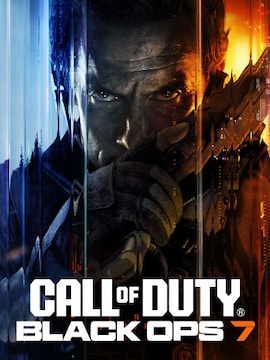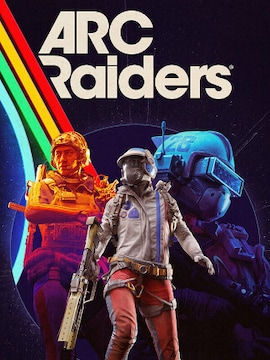In competitive gaming, few roles carry as much responsibility — or pressure — as the carry. This is the player expected to show up big, deal the most damage, and push the team across the finish line.
When the match hits those tense final moments, everyone’s looking to the carry to make something happen.
What is a Carry Role
Carry players are typically positioned to receive the majority of resources and farm, allowing them to scale into powerful late-game threats. Carrying means dealing high damage and manages to stay well placed for team fights so as not to get focused down.
Carry Meaning in Games
Let’s check what carry means in games.
League of Legends
In League of Legends, the carry is usually the AD carry (or “marksman”), posted up in the bottom lane alongside a support. Their job early on? Farm. Farm. Farm. That means killing minions for gold, staying safe, and slowly building up strength.
Dota 2
Dota 2 features multiple carry positions, with Position 1 serving as the primary farming core. A Position 1 carry is a hero that needs to acquire huge amounts of gold and experience so that they can become truly effective. Usually, carries stay in a relatively safe farming spot during the early to middle game transitions.
Valorant
In Valorant, the carry role isn’t defined by resource farming, but by raw impact. Players who consistently top the scoreboard – the fraggers – are the closest thing to a carry. Duelists, like Reyna or Jett, often take this spotlight thanks to their aggressive kit and potential for solo plays.
A carry role is typical for characters or roles that have to produce damage toward the endgame or late game, so they find their way to Adirondack several gaming styles. Some dynamics in strategy and individual skill needed for competition give an edge to knowing carry roles. These roles require patience and the ability to stay calm and precise even under immense pressure.




